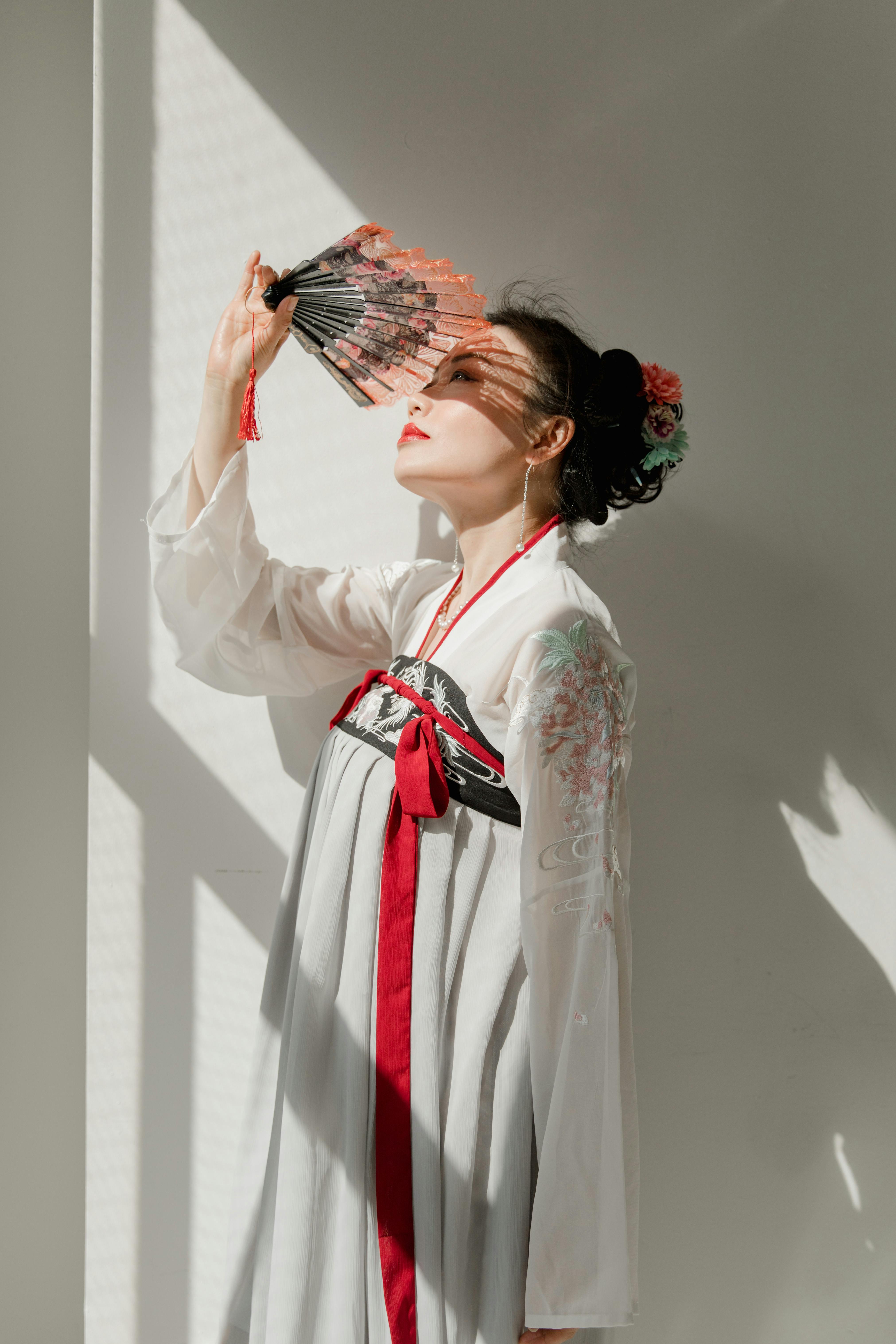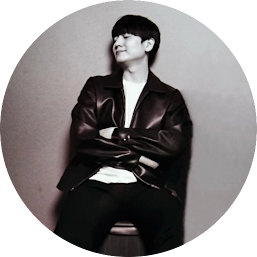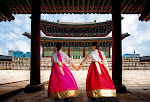
Explore the rich history and cultural significance of hanbok, Korea's traditional attire, as it beautifully reflects the nation's heritage and artistry through vibrant colors and intricate designs.
Hanbok: Korea’s Traditional Attire Bridging Past and Present
Overview

Hanbok is not just traditional clothing — it is a living piece of Korean history. Its graceful lines and vibrant colors embody centuries of culture, making it a symbol of both heritage and identity.
- Understand the origins of hanbok.
- Explore the modern revival of hanbok.
- Learn how to wear and style hanbok.
- Discover the cultural symbolism of hanbok.
- Find practical tips for renting or purchasing hanbok.
Origins of Hanbok
The hanbok traces its origins back to Korea’s Three Kingdoms period. Designed for elegance and movement, hanbok reflects the simplicity and harmony central to Korean aesthetics.
- Jeogori: the top jacket
- Chima: skirt for women
- Baji: pants for men
Materials such as silk, cotton, and ramie were used, with colors symbolizing social class or occasion. Patterns often drew inspiration from nature, carrying meanings of prosperity, health, and longevity.
Modern Revival of Hanbok
Today, hanbok is experiencing a revival. Designers are blending traditional forms with modern aesthetics, making hanbok accessible for daily wear and global fashion.
- Hanbok-inspired outfits appear in street fashion across Seoul.
- Social media has boosted hanbok’s popularity among younger generations.
- Fashion shows highlight hanbok’s adaptability to modern trends.
- Artisans and contemporary designers collaborate on new collections.
Wearing and Styling Hanbok
Wearing hanbok is more than dressing up — it’s embracing heritage. The flowing fabric and intricate embroidery create a unique experience that connects wearers to the past.
- Choose colors and fabrics suitable for the season and occasion.
- Accessorize with norigae (ornamental tassels).
- Ensure the jeogori is tied properly for the right silhouette.
- Practice moving gracefully to enjoy the natural flow of hanbok.
Cultural Significance
Hanbok is deeply tied to Korea’s cultural identity. It is worn during important events like weddings, birthdays, and national holidays. Each color carries symbolism — for example, red for passion, blue for hope, and yellow for prosperity.
- Hanbok symbolizes respect for tradition and ancestors.
- Colors and designs embody virtues and wishes.
- Families often preserve heirloom hanbok for generations.
- Modern reinterpretations allow hanbok to fit global contexts.
Practical Tips for Experiencing Hanbok
For visitors to Korea, trying on hanbok is an unforgettable experience. Rental shops around palaces and hanok villages provide a chance to immerse yourself in tradition.
- Research hanbok rental shops near Gyeongbokgung or Jeonju Hanok Village.
- Ask for assistance to find a style that suits your body type.
- Rent accessories like norigae or hairpieces for a complete look.
- Take photos at scenic cultural sites for lasting memories.
| Item | Key Point | Notes |
|---|---|---|
| Hanbok | Traditional Korean attire | Symbol of heritage and pride |
| Jeogori | Jacket top | Styled differently for men and women |
| Chima | Women’s skirt | Colorful and flowing |
| Baji | Men’s pants | Loose and practical |
| Norigae | Ornamental tassel | Enhances beauty of hanbok |
Conclusion
Wearing hanbok is a bridge to Korea’s past and present. From its ancient origins to its modern adaptations, hanbok remains a timeless symbol of pride, artistry, and culture. Whether visiting Korea or appreciating from afar, trying hanbok is a unique way to experience the heart of Korean tradition.




0 Comments